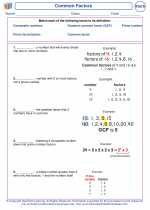Reflex Angle
A reflex angle is an angle whose measure is greater than 180 degrees and less than 360 degrees. In other words, it is an angle that is between a straight angle (180 degrees) and a full rotation (360 degrees).
To visualize a reflex angle, think of it as an angle that rotates past a straight line and continues to rotate until it forms a full circle.
How to Identify a Reflex Angle
When looking at an angle, if its measure is greater than 180 degrees and less than 360 degrees, it is a reflex angle. You can also identify a reflex angle based on its appearance when drawn - it will look like it extends beyond a straight angle.
Examples of Reflex Angles
Here are some examples of reflex angles:
Measuring Reflex Angles
To measure a reflex angle, you can use a protractor. Place the center of the protractor at the vertex of the angle, align one side of the angle with the zero line on the protractor, and then read the measure where the other side of the angle intersects the protractor.
Study Guide
Here are some key points to remember about reflex angles:
- A reflex angle measures greater than 180 degrees and less than 360 degrees.
- It extends beyond a straight angle.
- A protractor can be used to measure reflex angles.
- Practice identifying reflex angles by looking at various angle measures.
Understanding reflex angles is important in geometry and can help in identifying and working with angles in different shapes and figures.
With this study guide, you'll be well-equipped to recognize and work with reflex angles in your math studies!
.◂Math Worksheets and Study Guides Fifth Grade. Common Factors

 Worksheet/Answer key
Worksheet/Answer key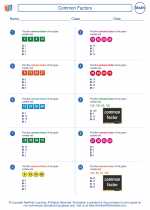
 Worksheet/Answer key
Worksheet/Answer key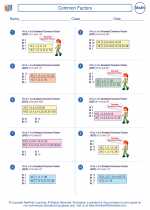
 Worksheet/Answer key
Worksheet/Answer key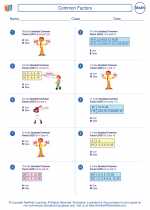
 Worksheet/Answer key
Worksheet/Answer key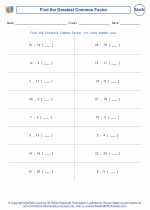
 Worksheet/Answer key
Worksheet/Answer key
 Worksheet/Answer key
Worksheet/Answer key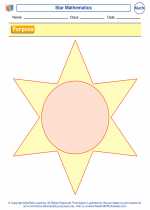
 Vocabulary/Answer key
Vocabulary/Answer key